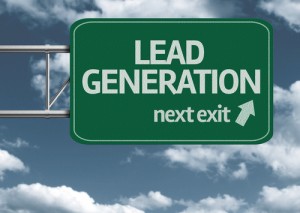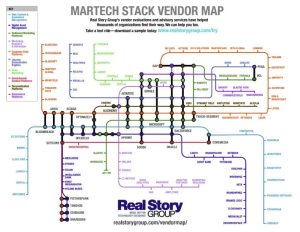CDPs can help improve customer experiences and meet acquisition goals, but not all brands have the same priorities.
In recent years marketers across many industries have turned to customer data platforms to enhance their campaigns. These solutions aggregate and unify data from the touchpoints in customer journeys — and there are many.
“The most important factor that everyone is looking to solve is data chaos,” said Vijay Mannur, Practice Head of Marketing Analytics at Quantiphi Inc, in his session at our recent MarTech conference.
He added, “Making sense of this data and making connections for these martech, adtech, and database tools to get a holistic view of customers is the need of the hour.”
CDPs can help improve customer experiences and meet acquisition goals, but not all brands have the same priorities. Marketers need platforms that mesh well with their organizations, and sometimes this can require more customizable solutions than pre-built solutions.
“We believe that building a CDP over buying one off the shelf might be the way to go for the future,” said Mannur.
Here are four key reasons many marketers are turning to custom CDPs.
1. Data processing and transformation
One of a CDP’s main jobs is collecting and processing customer data from multiple sources. Mannur pointed out how custom CDPs make this task easier by allowing marketers to add in predefined scripts, which can optimize the ETL (extract, transform, and load) process.
“While you’re still building a custom solution for the CDP, the baseline ETL is more or less defined,” he said.
2. Curated identity resolution
According to Mannur, custom CDPs can use identity resolution to create use cases based on the business’s own data about their customers. It would be possible to craft algorithms that are tailored specifically to this data. This could help them identify customers and create audience segments.
3. Custom machine learning analysis
Marketers can get more from a CDP’s machine learning capabilities when it’s built on their unique data sets. This can not only improve the processes of your CDP but those of your other platforms.
“They have the ability to create models that give you results that are quickly deployable,” said Mannur. “It can take various different forms, from smart segmentation to custom segmentation, churn, predictive customer lifetime value, the propensity for various conversions or events happening, and next best action as well.”
4. Custom marketing cloud integration
Rather than having to work with a designated cloud system, marketing teams can build custom CDPs that are integrated with the software of their choice. This can often include data platforms that are already in use.
“They [custom CDPs] offer the latest integrations where you can convert your existing data platform to a customer data platform,” said Mannur.
CDP build vs. buy
It should be noted that not all marketing professionals are in agreement when it comes to the CDP build vs. buy debate. Some claim building a CDP can be time-consuming and potentially less effective, especially if your organization doesn’t have the resources.
Ekta Chopra, CDO at e.l.f. Beauty, shared reasons why she believes marketers should purchase these platforms in most cases in a separate presentation: ” I would say my personal view is that you should only build something if it’s really going to differentiate you from the crowd.”
She added, “It’s a product that you’re always going to have to evolve. Otherwise, there are so many great products out there today that you can leverage.”
Snapshot: Customer Data Platforms
Marketers today face increasing pressure to provide a unified experience to customers across many channels. And these avenues are growing each day. That’s why customer data platforms, or CDPs, have become more prevalent than ever. These help marketers identify key data points from customers across a variety of platforms, which can help craft cohesive experiences.
Cisco’s Annual Internet Report found that internet-connected devices are growing at a 10% compound annual growth rate (CAGR) from 2018 to 2023. COVID-19 has only sped up this marketing transformation. Technologies are evolving at a faster rate to connect with customers in an ever-changing world.
The post 4 reasons to consider implementing a custom CDP appeared first on MarTech.
MarTech(20)







